I’ve written a lot on this blog about the South Vietnamese philosopher Lương Kim Định. One thing I like about Kim Định is that he was aware of cutting-edge scholarship in the West in fields like structural anthropology. What is problematic about Kim Định is that he did not actually follow the ideas or purpose of structural anthropology in his writings.
Structural anthropology, as developed by French anthropologist Claude Lévi-Strauss, was supposed to be a way to examine all of the societies of the world together. Lévi-Strauss believed that each society had an underlying structure that was largely similar to the underlying structures of other societies, and that we could identify these structures and then examine them together so that we could gain a better understanding of human societies in general.
The works of Lévi-Strauss are thus filled with information about societies from around the globe.
Kim Định, on the other hand, tried to find the structure that formed the basis of Vietnamese society so that he could show that the Vietnamese were unique. That is not what structural anthropology was about, and if Claude Lévi-Strauss could have ever read Kim Định’s writings, I don’t think he would have been very impressed.
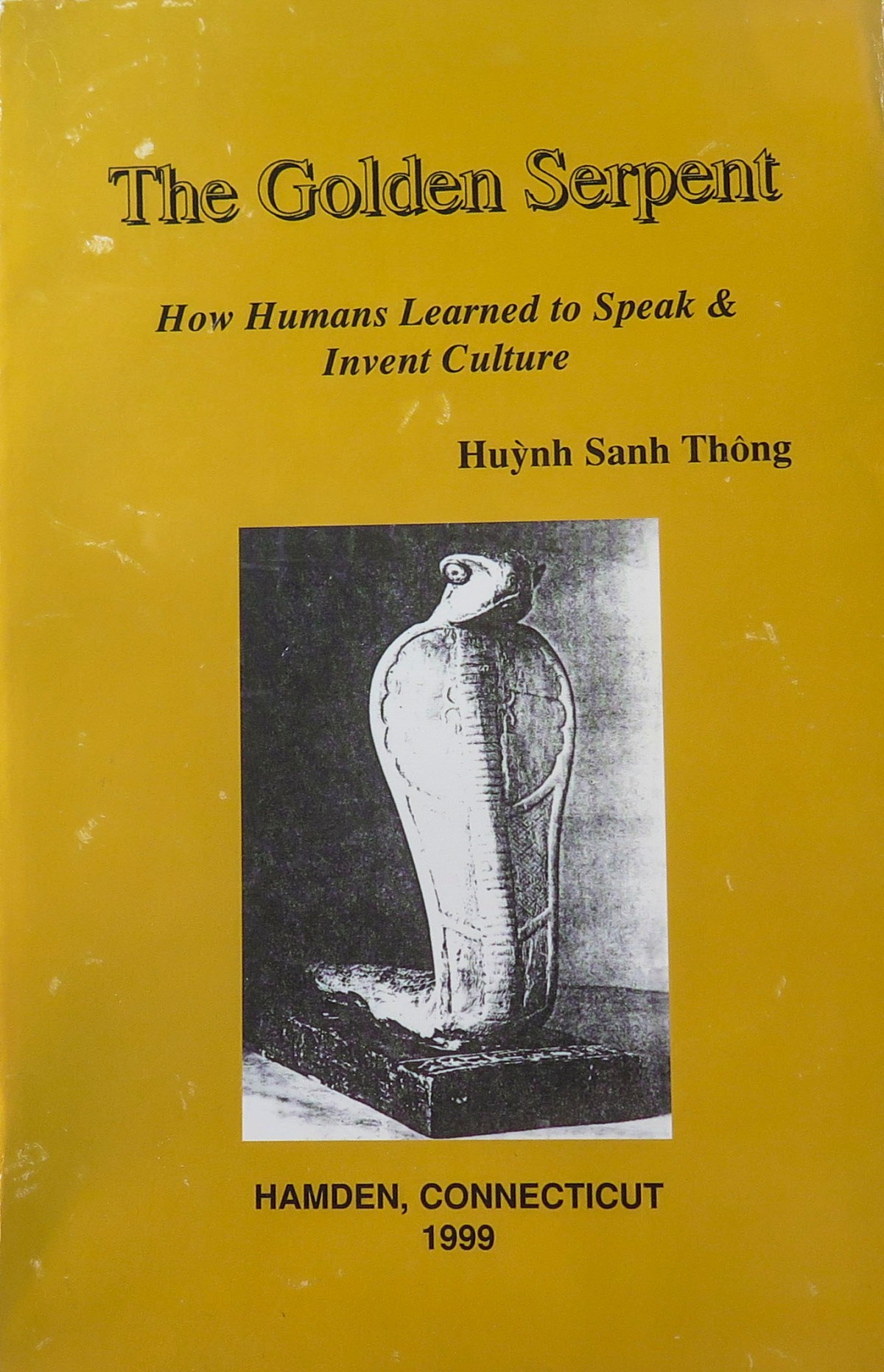
However, Lévi-Strauss might have been impressed if he could have read a book by another Vietnamese scholar – the late Huỳnh Sanh Thông.
For many years Huỳnh Sanh Thông taught Vietnamese at Yale University, and he also published English translations of Vietnamese literature, including a translation of the Tale of Kiều.
In 1987 he received the prestigious MacArthur Fellowship (a multi-year fellowship), and he took advantage of that opportunity to write a book called The Golden Serpent: How Humans Learned to Speak & Invent Culture, a book that Huỳnh Sanh Thông self-published in 1999.
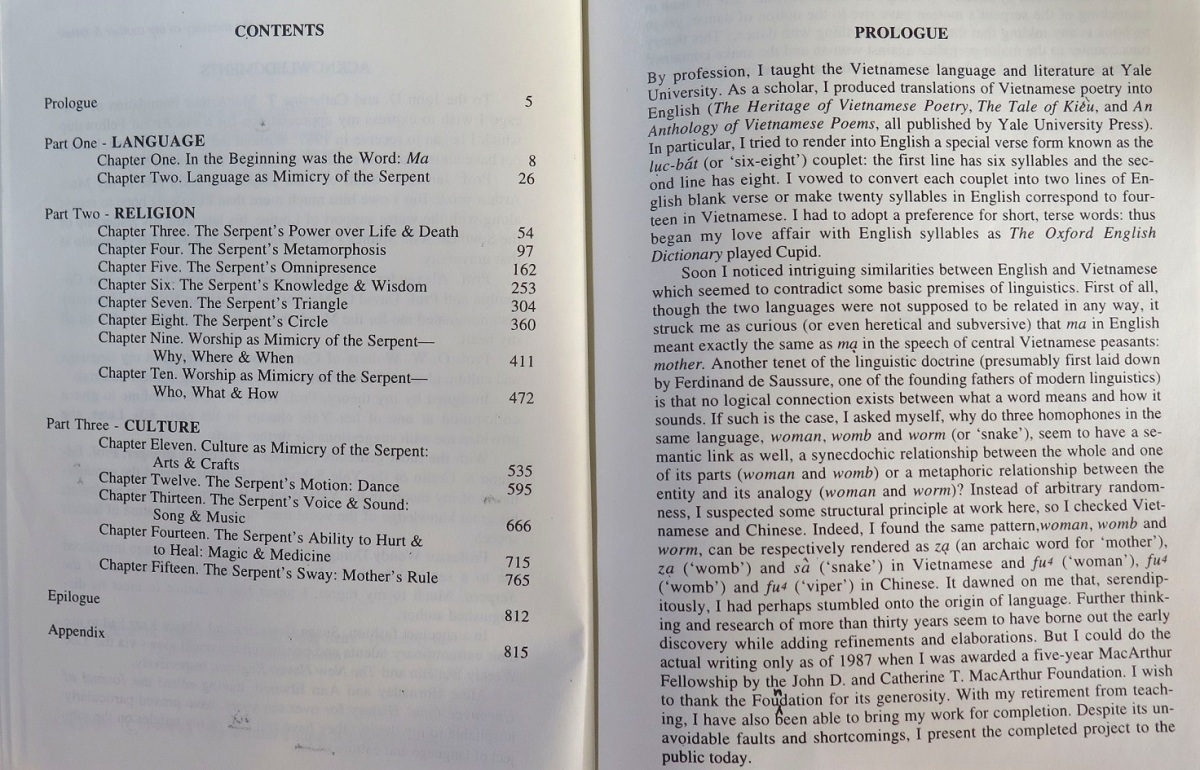
Huỳnh Sanh Thông explains in this book that while translating Vietnamese into English, he noticed that there were similarities between these languages. For instance, in English the words woman, womb and worm sound similar but also have semantic connections.
Huỳnh Sanh Thông argues that other languages are the same. He says that “the same pattern, woman, womb and worm, can be respectfully rendered as zạ (an archaic word for ‘mother’), zạ (‘womb’) and sà (‘snake’) in Vietnamese and fu (‘woman’), fu (‘womb’) and fu (‘viper’) in Chinese.”
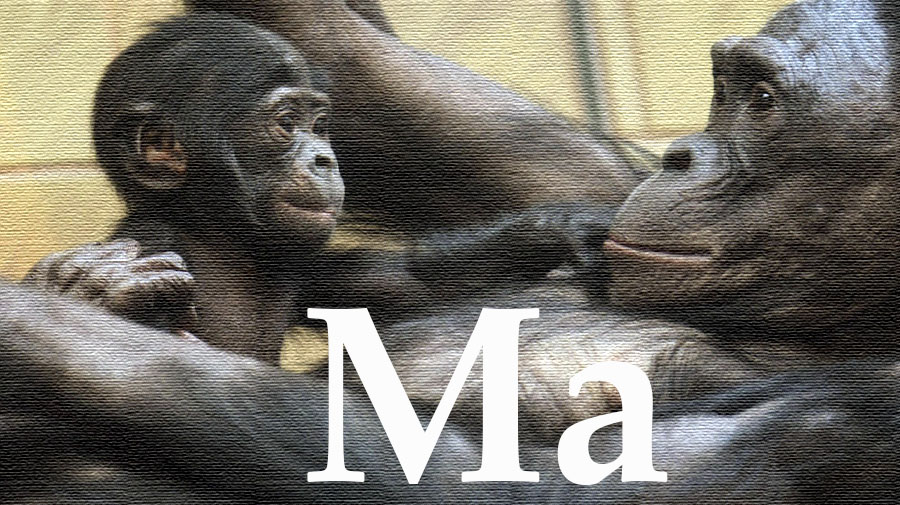
Having noticed these similarities, Huỳnh Sanh Thông then developed a theory about the origins of language. He believed that the original spoken word was “ma” meaning mother. It was the bond between mothers and children that led to the first human communication.
The first words were thus related to mothers, and then subsequent words were created in relation to these original words.
So, Huỳnh Sanh Thông argued, some words were created through metonymy (“a figure of speech in which a thing or concept is referred to by the name of something closely associated with that thing or concept”).
Hence, a WOMb is something that only a WOMan has.
And then some words were created by metaphor. In seeing a snake or other similar creatures, some ancient mother associated its shape with that of the umbilical cord that connected her WOMb to her newborn child, and referred to that animal as a WOrM.
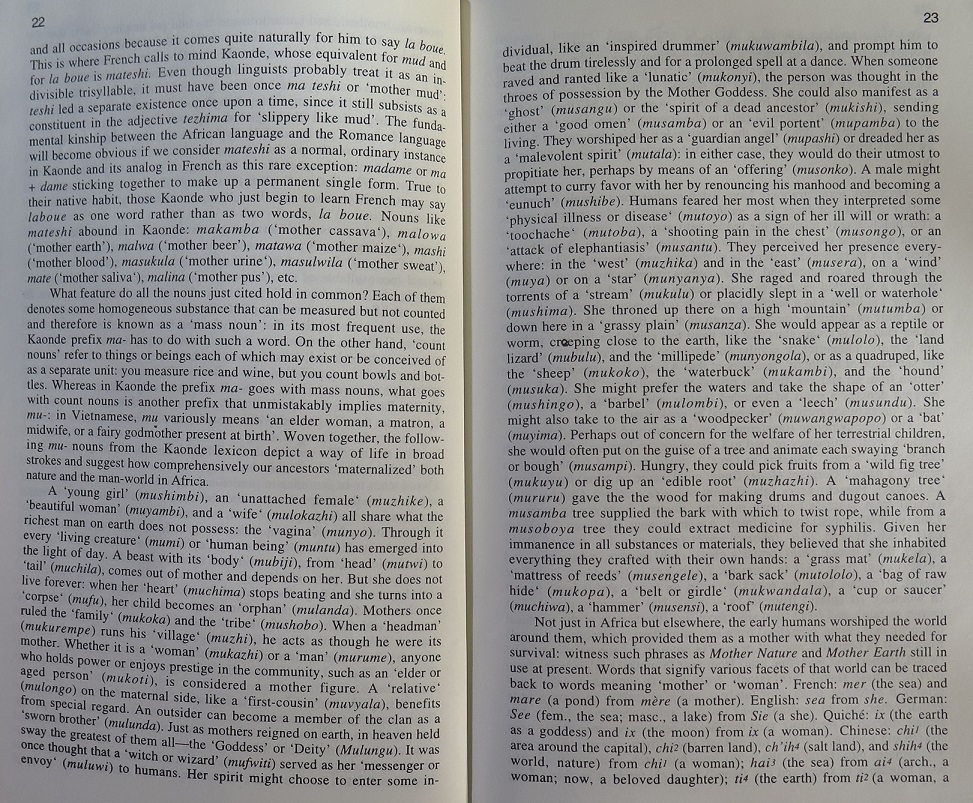
The Golden Serpent is over 800 pages in length, and it is filled with comparative linguistic evidence from across the globe. It is also beautifully written.
Here is an example, where Huỳnh Sanh Thông is talking about the Kaonde people in Africa:
“A ‘young girl’ (mushimbi), and ‘unattached female’ (muzhike), a ‘beautiful woman’ (muyambi), and a ‘wife’ (mulokazhi) all share what the richest man on earth does not possess: the ‘vagina’ (munyo). Through it every ‘living creature’ (mumi) or ‘human being’ (muntu) has emerged into the light of day. . . Mothers once ruled the ‘family’ (mukoka) and the ‘tribe’ (mushobo). When a ‘headman’ (mukurempe) runs his ‘village’ (muzhi), he acts as though he were its mother.” (22)
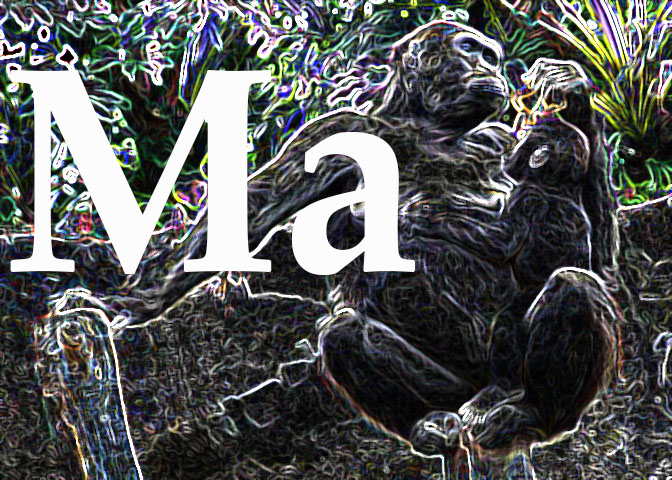
As is obvious here, Huỳnh Sanh Thông saw early human society as matriarchal. Claude Lévi-Strauss did not believe that to be the case, and Huỳnh Sanh Thông criticized him for that, saying that Lévi-Strauss “has dismissed out of hand the hypothesis of primitive matriarchy, arguing that men were always physically stronger than women: a feeble argument from one of the powerful intellects of this century.” (Beautiful!)
To be fair, Huỳnh Sanh Thông’s book is not really a book of structural anthropology. It is something like a work of structural linguistic anthropology, but in the way that it brings together evidence from societies around the globe and across time it is much more similar to the writings of Lévi-Strauss than anything that Kim Định ever wrote, even though Kim Định claimed to be a practitioner of structural anthropology.
However, like the writings of Kim Định, the The Golden Serpent is unfortunately fundamentally flawed. Although it is richly documented and beautifully written, as far as I know, the theory of the emergence of language that Huỳnh Sanh Thông proposes in this work is not one that is accepted by specialists in this field.
But let’s put the truth aside for a moment. This book was clearly a labor of love for Huỳnh Sanh Thông. It is a project that he dedicated years of his life to. And the result of all of that work is a beautifully written, empirically rich and endlessly imaginative 800+ page tome that is, in the end, truly a lot of fun to read.


This Post Has 3 Comments
Any idea if this book can still be found? It looks to be entirely out of print.
It looks like it is not available. I purchased a copy off of Amazon that appears to have belonged to Huynh Sanh Thong himself, as it has his name in it. It was self-published, so I’m not sure how many copies were ever printed.
Sounds like an interesting book. I’m an admirer of Huỳnh Sanh Thông’s work, though he often invokes just the kind of proto-nationalist narrative that you have critiqued. He was a beautiful writer and, like Nguyễn Du, a brilliant scholar of both oral folk traditions and classical literature. This book sounds pretty “out there”… but the idea that the word for “mother” might lie somewhere near the original centre of all language resonates with an argument made by the structural linguist (and close associate of CLS) Roman Jakobson in “Why ‘Mama’ and ‘Papa’?”. I think most contemporary accounts of language origins / evolution tend to emphasize the more clearly pragmatic functions of language rather than the strictly referential which seems to be the focus for Huỳnh Sanh Thông.